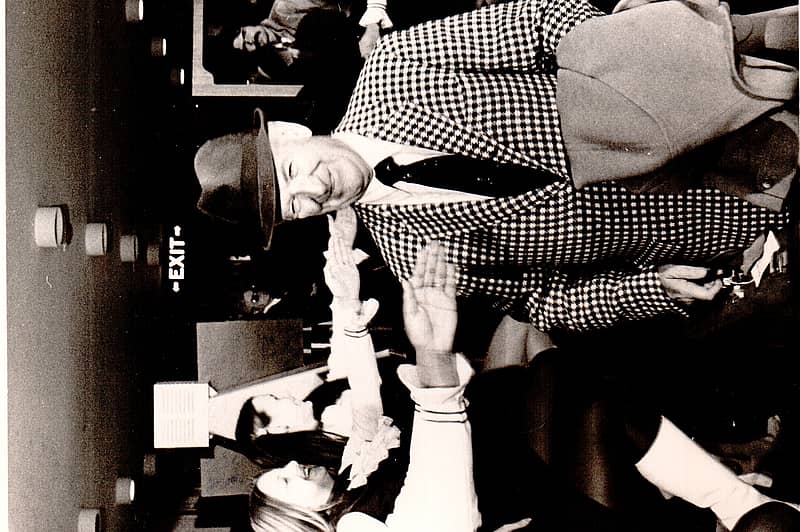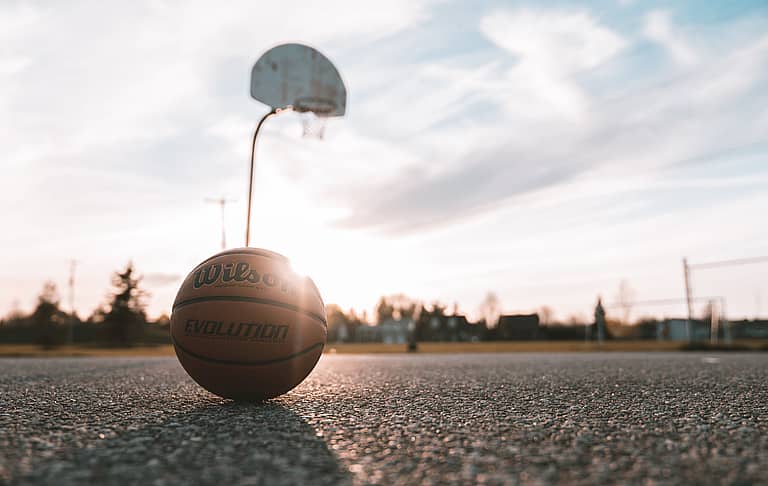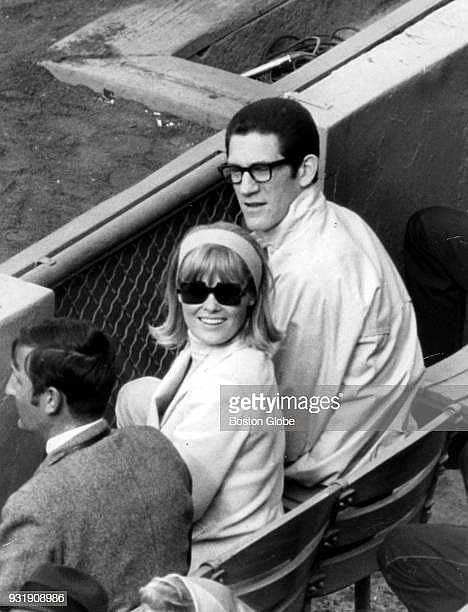Billy Sullivan started the Boston Patriots with $8,000, an abundant supply of charm/blarney, and a dogged determination to succeed where five other Boston-based pro football franchises had failed. Upon receiving the news he’d been granted the eighth and final AFL franchise on November 16, 1959, Sullivan used nearly every second of the 48-hour window his fellow owners had given him to raise an additional $17,000 to reach the required $25,000 to enter the league. Calling friends and relatives on the weekend before Thanksgiving, he just managed to raise the money and secure Boston’s first new major-league franchise since the Celtics were founded in 1946. He often joked that he was even forced to break open his kid’s piggy banks
Such challenges were nothing new to Sullivan, who’d worked his way through Boston College during the Great Depression. Upon graduation, he became the sports information director at his alma mater and the primary media contact for head football coach Frank Leahy and his nationally ranked teams.
When Leahy left to coach at Notre Dame in 1941, Sullivan soon followed to help promote and expand the legend and myth of Notre Dame football. It was Sullivan who spearheaded the groundbreaking promotional campaign that secured the 1943 Heisman Trophy for quarterback Angelo Bertelli.
Before long, Sullivan’s skills brought him home to Boston, where he worked as the public relations director for the Boston Braves, North America’s oldest professional sports franchise. Among his many crowd-pleasing innovations were the design of the luxury box seats, called sky-views, the improvement of concessions to sell local delicacies such as fried clams, the production of team highlight films (including the first-ever team-sponsored film in color), the creation of an array of promotional events such as fan appreciation day, the publication of annual yearbooks and the successful promotional campaign that resulted in the election of Braves third baseman Bob Elliott as National League MVP in 1947.
When the Braves attendance began to slip in the early 1950’s, Sullivan devised a press tour of Braves minor league teams on a plane nicknamed the “Rookie Rocket.” The idea was to expose Boston’s sporting press to promising prospects such as future Hall of Famer Eddie Matthews and a young shortstop named Henry Aaron.
Sullivan’s greatest achievement, possibly surpassing even his founding of the Patriots, was his assistance in the creation of the Jimmy Fund, as a Braves sponsored charity in 1947. The world-renowned clinic has raised hundreds of millions of dollars for research and the operation of the world-famous Dana-Farber Cancer Institute.
For a generation, Sullivan, as owner of the Patriots, made everything about his team a grassroots operation. The Patriots practiced on an enlarged median strip adjacent to Logan Airport in East Boston, called White Stadium, where the team sat on milk crates while viewing game films projected on a stretched bedsheet. Their beloved logo, Pat Patriot, was originally drawn by Boston Globe cartoonist Phil Bissell and was selected by Sullivan’s young son Patrick, who broke the deadlock in a late-night meeting at the Sullivan home. When Sullivan asked the youngster which design he preferred, Patrick immediately chose the cartoon over the more stylized logos neatly lined up by the assembled advertising executives.
Sullivan’s tenure was equal parts Frank Capra inspiration and Mel Brooks comedy. In their first decade, his team was forced to shuttle their home games between six stadiums in three states before departing Boston for the greener pastures of Foxboro in 1971. It was in Foxboro where he built what sportswriter Dan Shaughnessy called, “the Levittown of American sports.” The concrete and aluminum stadium cost just under $7 million and also was the site of some of the region’s worst traffic jams. On the night of the stadium’s first game the last cars were seen leaving the parking lot at 4:00 AM.
In 1985, Sullivan was faced with the prospect of losing his beloved team in the aftermath of his family’s failed concert promotion partnership with singer Michael Jackson and boxing promoter Don King. Lucky to emerge with the shirts on their backs, the Sullivans entertained offers as the team made magic on the gridiron.
For three weekends, the 1985 Patriots became football’s ultimate road warriors, defying long odds while beating the Jets, Raiders, and Dolphins on the way to their first Super Bowl in January 1986. New England embraced the team as never before and afforded Billy Sullivan the opportunity to bask in the spotlight at the eleventh hour. Hollywood couldn’t have devised a better script for pro football’s happy warrior.
